How to prune mint
Find out how to prune mint for a regular supply of fresh tasty leaves
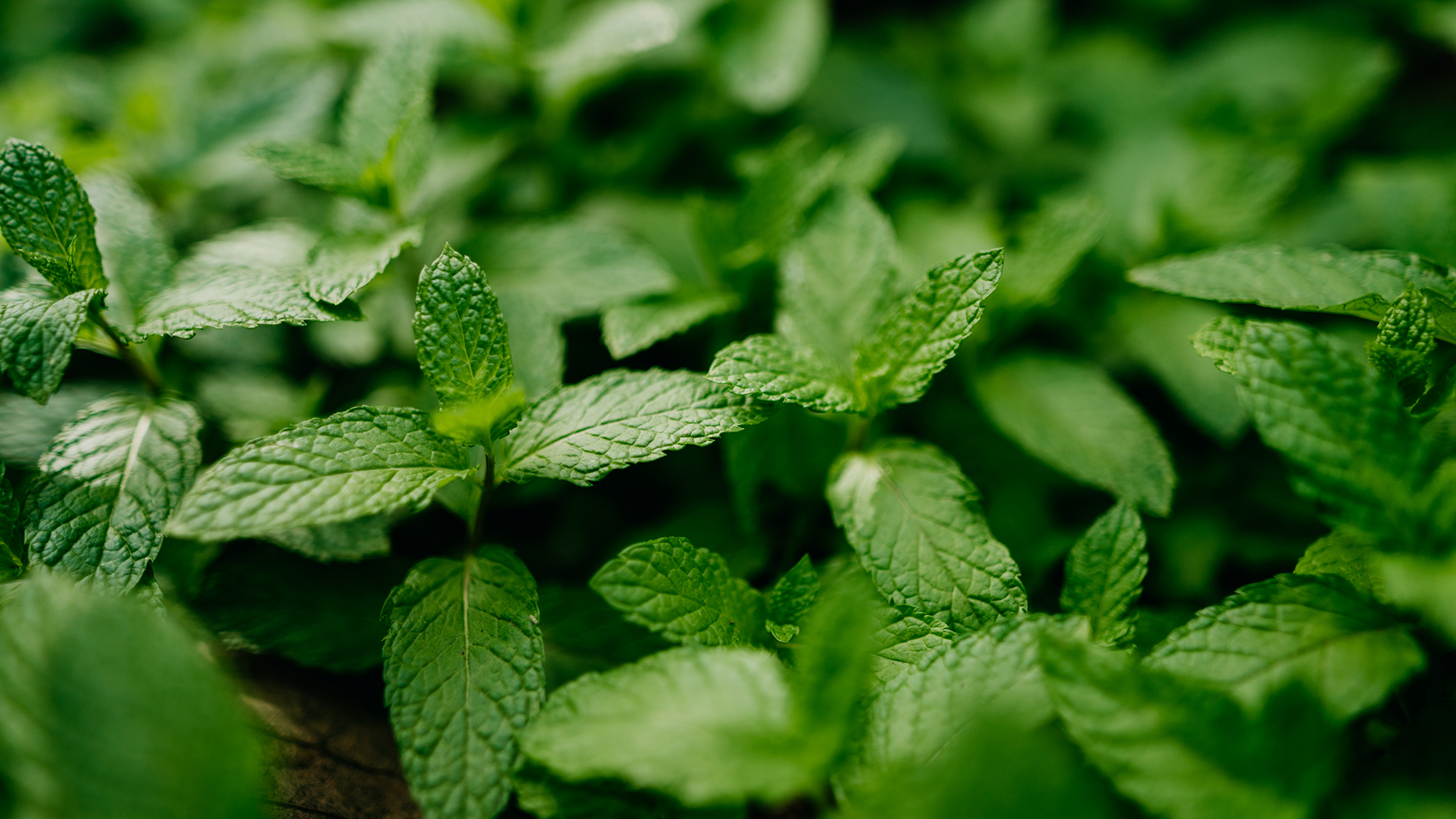
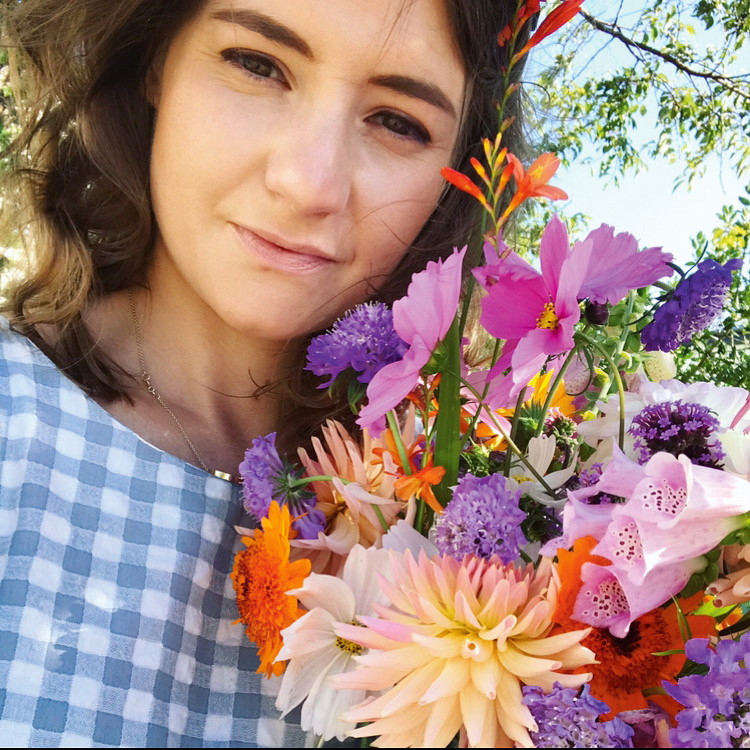
Knowing how to prune mint is essential if you want this delicious and versatile herb to be as productive and as healthy a plant as possible. Loved for the scent and flavor of its aromatic oil, mint can be used for all sorts of things, from infusing in tea and for flavoring food, both sweet and savoury, to herbal remedies and for adding scent to flower posies, plus it’s very easy to grow mint and pollinators love it, too.
Below, you can find out from gardening experts why it is important to prune mint, and when and how to do it in order to make the most of your plant.
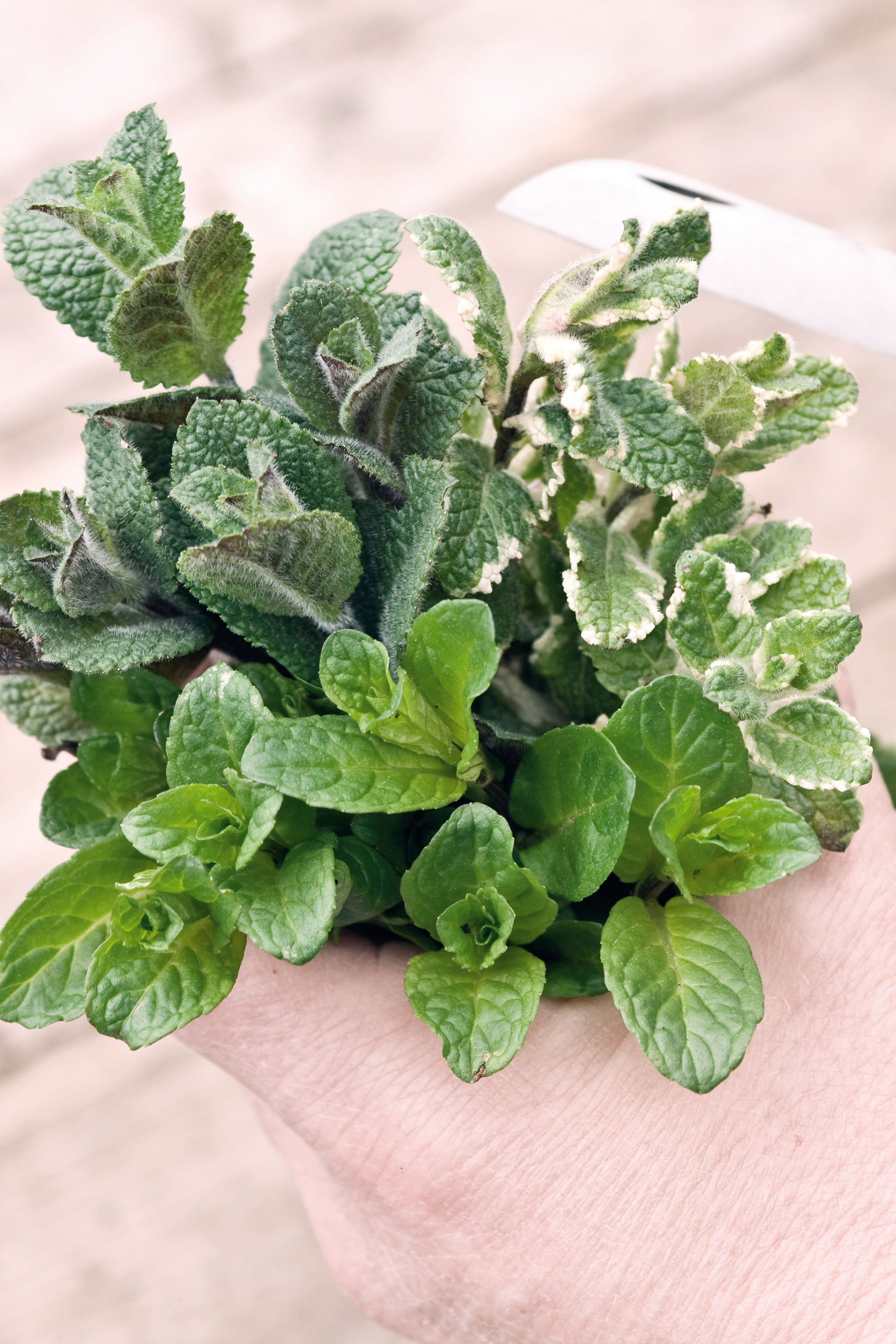
Why should you prune mint?
It is important to prune mint in order to prevent it from flowering and to promote a regular supply of fresh, young, tasty leaves. For culinary purposes mint leaves are best picked young and will go tough once the plant goes to flower.
‘Younger leaves are more flavorful than older leaves. Once mint has been let to go to flower, the plant ceases production of the volatile oils that flavors the herb, and it begins to concentrate on producing seeds instead,’ explains Allison Vallin Kostovick, organic gardener and blogger at finchandfolly.com.
Left unpruned mint can also go leggy, so chopping it back will keep it looking neat and bushy as well as fresh and tasty.
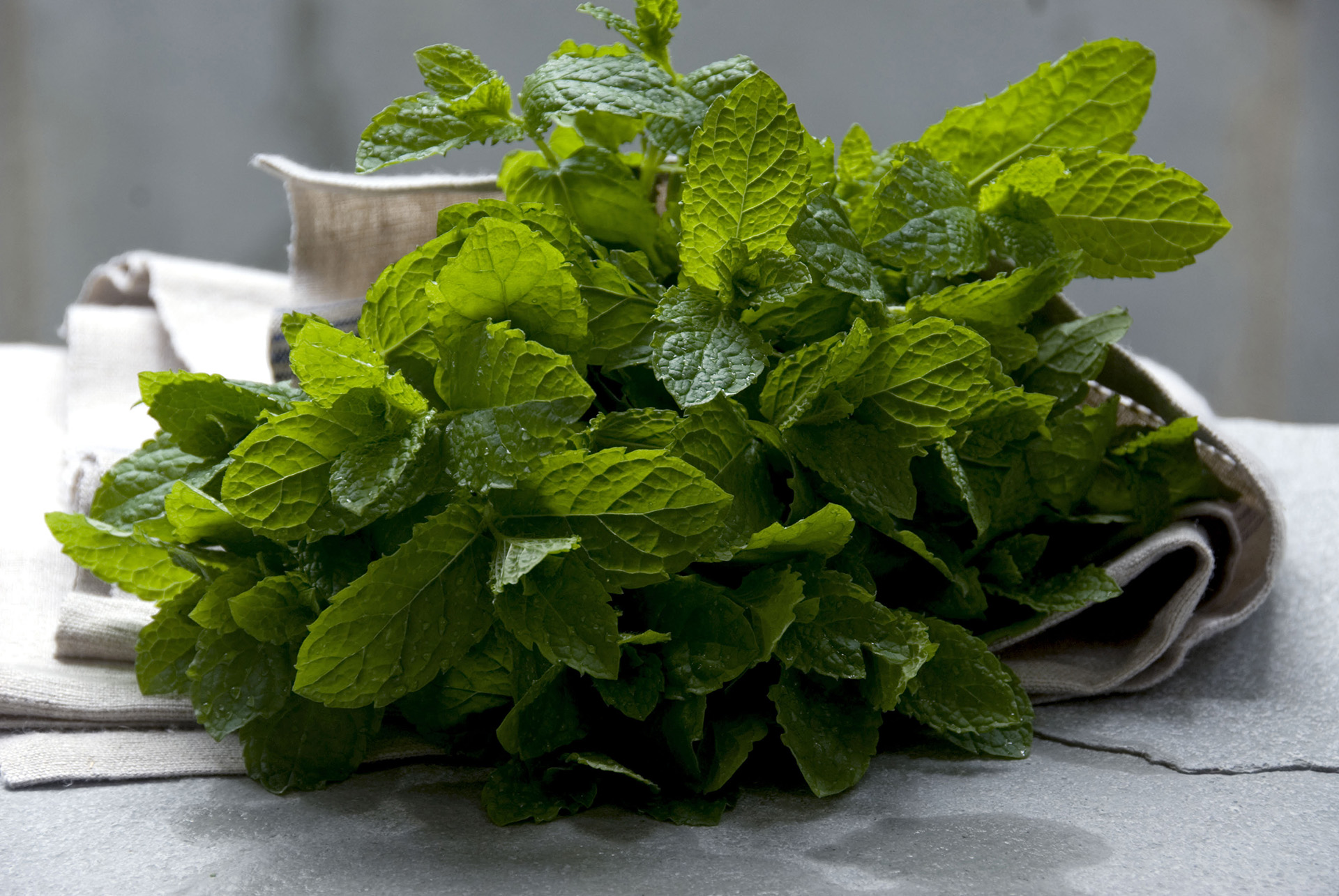
How do you trim mint so it keeps growing?
Pruning mint regularly will promote fresh leafy growth and keep you in good supply; generally it is best to prune the plant by no more than a third explains as Ashley Irene of Heirloom Potager – designer and creator of edible gardens.
‘Prune mint above a leaf node to encourage new stems. A good rule of thumb is to never prune more than a third of the plant to limit stress. Once mint is well established, pruning weekly is encouraged to keep the plant tidy and productive,' she continues.
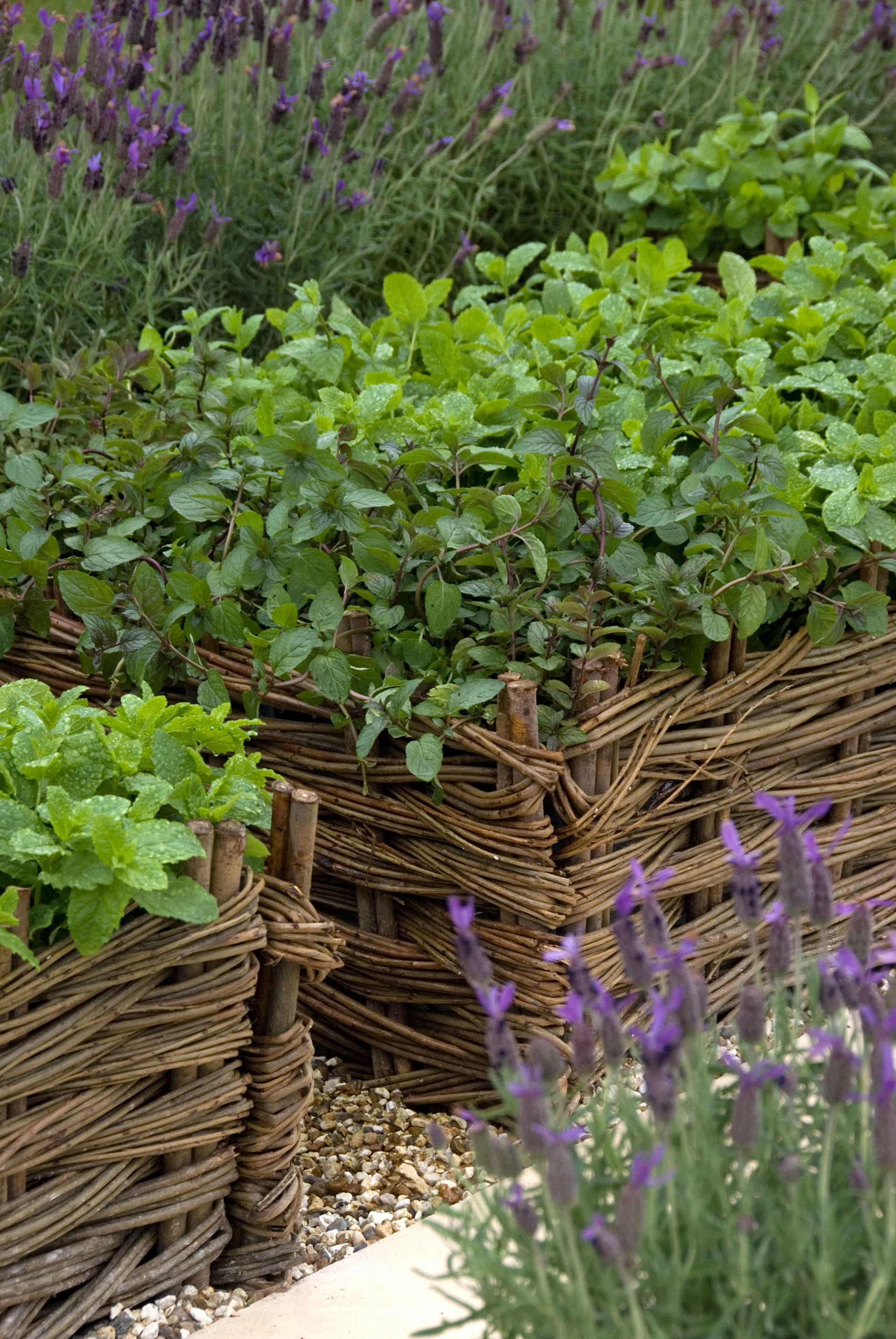
When picking aromatic herbs it is important to do so carefully to prevent releasing the essential oils before you need them adds Stuart Thomas of Primrose.
'Prune and trim your mint often to keep getting fresh new leaves. Try not to crush the leaves when you take them off the plant – while it smells great, it's better to preserve the juices and oils inside the leaves until you need them.'
Once picked mint leaves can be used straight away or can be frozen or dried for later use.
When should mint be cut back?
In summer, when mint goes to flower and sets seed it becomes straggly and the leaves become coarse and lose flavor. When this happens it is best to cut the plant right back to the ground to encourage new growth and a fresh flush of leaves.
Mint has invasive roots which spread easily, so it’s important to monitor growth to prevent it from taking over a border. If you are thinking of growing mint it is recommended to grow it in a container. Alternatively, if you are planning to grow it in a border, try planting it in a pot and sinking the pot into the soil to help contain the vigorous growth.
‘In the garden, the best way to plant mint is in its own container. In optimal growing conditions, varieties in the mint family can quickly become invasive, taking over in-ground and raised beds,’ says Ashley Irene of Heirloom Potager.

Sign up to the Homes & Gardens newsletter
Design expertise in your inbox – from inspiring decorating ideas and beautiful celebrity homes to practical gardening advice and shopping round-ups.

Pippa is a contributor to Homes & Gardens. A graduate of Art History and formerly Style Editor at Period Living, she is passionate about architecture, creating decorating content, interior styling and writing about craft and historic homes. She enjoys searching out beautiful images and the latest trends to share with the Homes & Gardens audience. A keen gardener, when she’s not writing, you’ll find her growing flowers on her yard for styling projects.
-
 These are the 6 must-have colors to decorate with in April 2025
These are the 6 must-have colors to decorate with in April 2025What do retro-inspired yellows and beautiful blues all have in common? They're on our hot list for the season ahead
By Sophia Pouget de St Victor Published
-
 Plants never to grow next to fruit trees
Plants never to grow next to fruit treesExpert advice on which plants to keep away from fruit trees to encourage a healthy harvest
By Jacky Parker Published
-
 Water garden ideas – 9 ways to introduce soothing water to your outdoor space
Water garden ideas – 9 ways to introduce soothing water to your outdoor spaceFrom cascading fountains to wildlife ponds, there are plenty of ways to create a tranquil water garden
By Leigh Clapp Published
-
 How to grow poppies
How to grow poppiesFind out how to grow poppies to enjoy the beauty of these brightly colored tissue paper-like blooms
By Leigh Clapp Published
-
 How to grow delphiniums from seed
How to grow delphiniums from seedFind out how to grow delphiniums from seed and enjoy these colorful cottage garden favorites filling beds and borders
By Leigh Clapp Published
-
 How to grow ferns – when and how to plant and care for them
How to grow ferns – when and how to plant and care for themLearn how to grow ferns to enjoy the texture and form of these versatile plants in many areas of your garden
By Leigh Clapp Published
-
 How to grow sweet peas from seed – in borders and pots
How to grow sweet peas from seed – in borders and potsFind out how to grow sweet peas and where to enjoy their wonderful color, ruffled blooms and sweet fragrance in your garden
By Pippa Blenkinsop Published
-
 How to make fat balls for birds – easy steps feed our feathered friends
How to make fat balls for birds – easy steps feed our feathered friendsLearn how to make fat balls for birds to ensure their wellbeing throughout the winter
By Holly Reaney Published
-
 Planning a kitchen garden – from layouts to picking the best crops
Planning a kitchen garden – from layouts to picking the best cropsPlanning a kitchen garden is easy with this expert advice – whether yours is in beds, borders or a dedicated patch – you're guaranteed success
By Leigh Clapp Published
-
 How to grow cosmos – expert tips on when and where to plant these flowers
How to grow cosmos – expert tips on when and where to plant these flowersLearn how to grow cosmos to add bright color in your garden from summer through to fall with their beautiful blooms
By Leigh Clapp Published